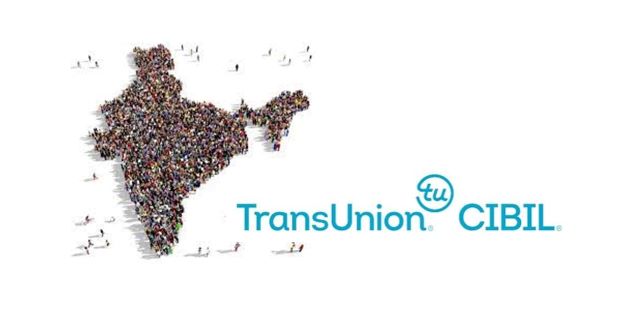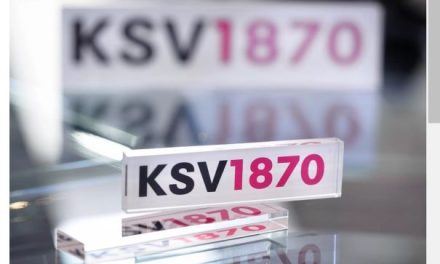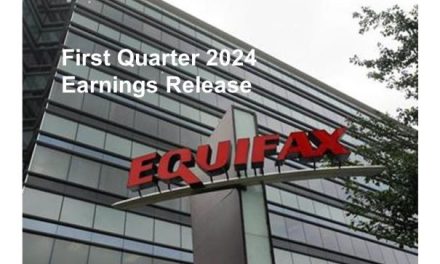In order to assess the impact of the Emergency Credit Line Guarantee Scheme (ECLGS), TransUnion CIBIL undertook an ECLGS loan analysis study* based on ECLGS 1.0 and 2.0 disbursals made up to 31 March 2021. A report based on this study has been launched today which provides insights on the performance of ECLGS loans based on the flow of credit and the nuances of the borrower behavior.
Flow of credit under ECLGS led by Public sector banks; benefitted the vulnerable segments
Public sector banks with their extensive network and early operationalization of the ECLGS, have enabled the scheme to reach out to a higher number of MSME borrowers across the length and breadth of India. Of the total loan applications received under the scheme, the share issued by public sector banks is about 47%. At the same time, even though private banks took longer on starting implementation of the scheme, they have contributed a similar magnitude in terms of amount disbursed, contributing 44% share. Given the fact that public and private sector banks cater to the credit needs of different MSME segments, as expected, the average ticket size of ECLGS loans extended by private banks is higher than that for the public sector banks.
 Speaking on the findings of this report, the MD & CEO of TransUnion CIBIL, Mr. Rajesh Kumar said, “ECLGS support has significantly helped in revitalizing the MSME sector which forms the backbone of India’s economic engine. Public sector banks led from the front on the implementation of ECLGS. They efficiently channeled credit infusion to deserving MSMEs in a timely manner by astutely utilizing credit information analytics and digital drivers. Credit infusion through the ECLGS has set the MSME sector on a long-term and sustainable growth trajectory which bodes well for the resurgence of India’s economy.”
Speaking on the findings of this report, the MD & CEO of TransUnion CIBIL, Mr. Rajesh Kumar said, “ECLGS support has significantly helped in revitalizing the MSME sector which forms the backbone of India’s economic engine. Public sector banks led from the front on the implementation of ECLGS. They efficiently channeled credit infusion to deserving MSMEs in a timely manner by astutely utilizing credit information analytics and digital drivers. Credit infusion through the ECLGS has set the MSME sector on a long-term and sustainable growth trajectory which bodes well for the resurgence of India’s economy.”
While the COVID-19 crisis impacted MSMEs across the board, the very small and micro enterprises were the ones to be affected the most, as their ability to withstand crisis of large magnitude is limited. These were the MSMEs who needed immediate liquidity to navigate through the crisis and sustain their livelihood. Report analysis highlights that the ECLGS scheme has benefitted this class of MSME segment. Of the total number of borrowers who availed loans under this scheme, 58.5% belong to the very small category (overall exposure less than INR 10 Lakhs) and 32% belong to the micro category (exposure between INR 10 Lakhs and 1 Cr). In terms of value, the share of very small and micro segment is at 30% of the disbursed amount. This is encouraging given the fact that the COVID-19 crisis has impacted very small and micro  enterprises the most, and ECLGS has offered these MSMEs much needed liquidity to navigate through the crisis.
enterprises the most, and ECLGS has offered these MSMEs much needed liquidity to navigate through the crisis.
Source: TransUnion CIBIL news


























